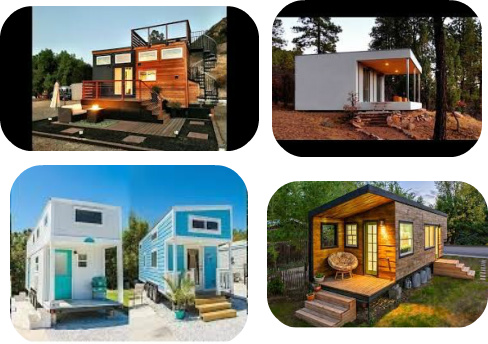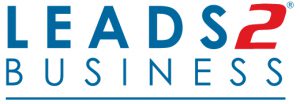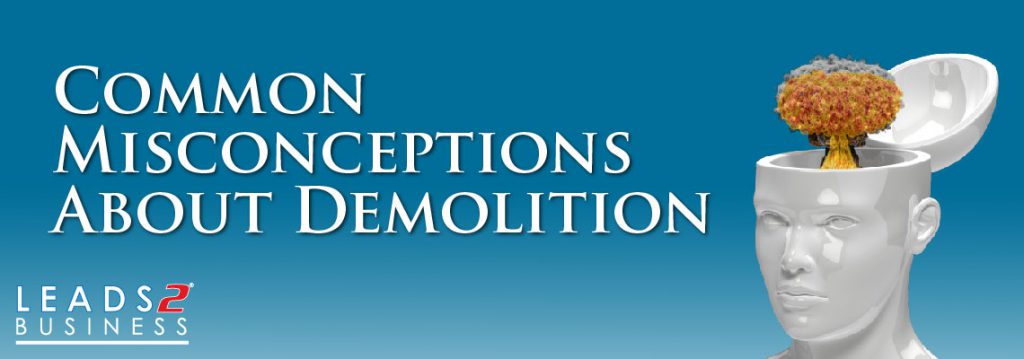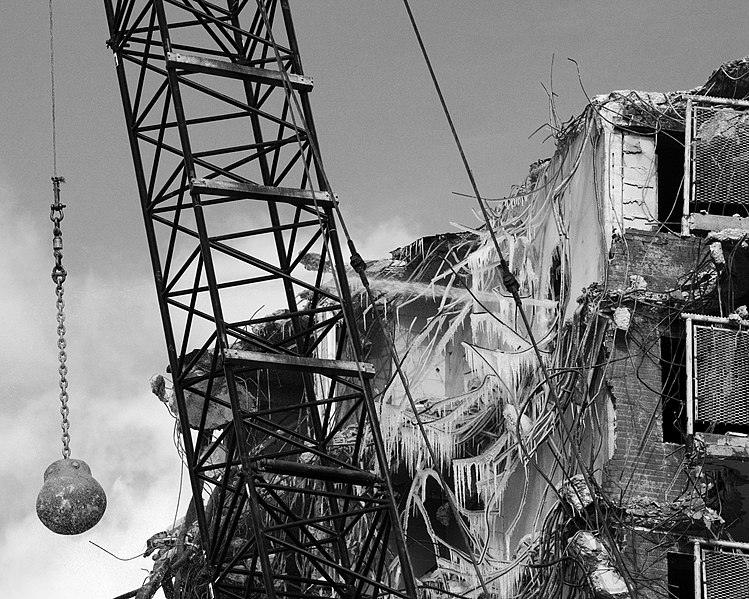Women in Mining

Men continue to outnumber women in many industries and sectors. However, just because you’re outnumbered doesn’t mean you can’t be a huge success. Woman entering the mining industry is a fast growing phenomenon. Mining is seen mostly as a male dominated environment but this is changing.
Not so long ago, in the 1990’s when I was born, woman weren’t permitted to work. And now look at us! Dominating and working in all kinds of industries, showing that we can do anything and do it just as well.
Many steps have been taken to allow woman equal opportunity in this industry and South Africa is leading this movement.
Working in the mining industry can be a difficult journey and is often misunderstood. Initiatives in the form of bursaries have been introduced in an attempt to attract young women to compete in these male dominated sectors.
Barriers:
- It’s a mine, what did you expect? It’s going to be dark, dusty and hot. Greasy workshops, muddy sites and hot furnaces. Mines were not designed with Woman in mind. Some mines lack proper toilets and hygiene facilities but this is changing as we adapt to having Woman in the industry.

- Super Woman. You have to be considered tough and be willing to work hard and long hours. Most mines require overtime and this could mean waking up at 2am or trying to organize a baby sitter for the night shifts.
- Woman are seen as primary caregivers and you will need to balance life, childcare and work.

- Look, you will be working with Men and might experience verbal harassment in the workplace. Treat people well and do not entertain confrontation or get defensive. Show you’re a strong independent woman. Take the proper steps to report the incident.
- Some men won’t want to be led by a woman. “I’ve been doing this for years and don’t need to be told by a woman what to do or when to do it.”
- Gender Equality. You will not receive special treatment just because you’re a woman.
Benefits:
- Most Wanted. That’s right! Opportunities will come flying at you as you are one of the few woman qualified and able to work in the mining industry.
- It is a huge achievement to work within the mining industry and takes hard work and years of studying. Bragging rights.
- Role Model. Other young females studying mining engineering will have you as their poster on their wall.
- The Money. Always go where the money is.
Money
I know you were all thinking it. Is it worth it? Well, just like any other job, the money depends on your experience and what position you hold in the workplace.
I read about a 37 year old woman named Bukelwa Dwenya, who works at Sibanye Mine in Rustenburg, North West. She said she earned about R20 000 a month excluding her bonus and other benefits and worked 8 hours a day like you and I do. She is responsible for lowering and lifting workers in a cage down to a depth of about 11 000m throughout the day.

The average mine worker earns about R109 to R120 per day. There are also other positions such as in management or drilling operations, drivers or safety officers.
I read that Impala Platinum Mines’ salary for a driver was sitting at R7000 per month and about R52 000 per month for a safety officer.
Tenders
More money 😉 Get tender opportunities for your mining business through an extensive resource of online tender notices at Leads 2 Business. Successfully applying for the correct tender can help you to win large orders and grow your business. By partnering with Leads 2 Business, we offer you a large database of mining opportunities in Africa and Southern Africa.
Fashion
Mining clothing has changed and is now tailored to woman and their needs. Many clothing companies have managed to create comfort through intelligent and innovative designs. There are many things to consider when creating clothing for mine workers.
- Ensure maximum safety
- Visibility
- High standards and quality
- Performance
- Durable
- Movability

As a woman, wearing a full overall is not ideal, especially when you need the loo and you have to fully undress in a little stall.
Covergalls is one of the sites I have been looking at and they have come up with some pretty nifty ideas. They made woman’s mining clothing with a roomier chest area, the right length and adjustable waistband (lord knows how we need this). They also have a hidden zipper leading to a trap door solving the whole bathroom dilemma mentioned previously! Immediately I went to look at the colours you can choose from – Navy Blue, Safety Orange, Royal Blue and red. Hamm I didn’t see hot pink anywhere? Hopefully this is in the pipeline 😉
Types of Mining
- Coal mining
- Gold mining
- Surface mining
- Underground mining
- Subsurface mining
Should I do it?
Listen, from what I have read, it’s no picnic. It seems like one of the toughest industries and I’m not going to sugar coat it. You will need to work hard and be one tough cookie! Take nothing to heart and know your worth. Work until they no longer see you as “Just a Woman” but as a leader. If you feel you can do it and are passionate about mining, I’m sure it would be absolutely worth it. There are many perks and I think it would be an amazing opportunity. I would say – “Go for it.”
SA Schools of Mines
- University of South Africa (UNISA) – I had a look at mining engineering, this is an 8 year course.
- University of the Witwatersrand (WITS) – Johannesburg, South Africa
- University of Johannesburg – Johannesburg, South Africa

Change your mind set, adapt to the ever changing world and grow with the future. Know more – do more.
#WomenInMining #MiningEngineers #Mining #MiningTenders #MiningInSouthAfrica #Women #EqualOpportunity #MiningIndustry #WinningWomen #GoldMining #Diamonds #Coal #CoalMining #Covergalls #ProtectiveClothing #MiningInAfrica #MiningWoman #MiningPeople #WIM #WiMSA #MiningIndustry #WorkingWomen #WomenMiningEngineers #LadiesInMining #SchoolOfMines #Equality #GenderEquality #FaceofMining #MiningUniversity #MiningDegree #MiningLadies #GoldMine #Miners #UndergroundMining #MiningSector #FutureOfMining
Sources:
Wikipedia
Mining Review
To view more articles, please visit the Leads 2 Business Blog.
If you are interested in becoming one of our subscribers, please visit Leads 2 Business.
To view notes with screenshots on how to use our website, please visit the Leads 2 Business Wiki.
About Michelle Crosby
I started my journey at Leads 2 Business in the Directory Department in 2012. I was then promoted to the Private Projects Department in 2014 and was recently promoted to Projects HOD this year.
- Web |
- More Posts(30)



 Have you ever wondered what extraordinary materials are extracted from the open pit mining?
Have you ever wondered what extraordinary materials are extracted from the open pit mining? Underground mining uses different underground mining techniques to excavate hard minerals, such as ore which contains, gold, copper, silver zinc. Underground mining not only produces gold, copper & silver but also precious gems like diamonds & rubies.
Underground mining uses different underground mining techniques to excavate hard minerals, such as ore which contains, gold, copper, silver zinc. Underground mining not only produces gold, copper & silver but also precious gems like diamonds & rubies. To view more articles, please visit the
To view more articles, please visit the 



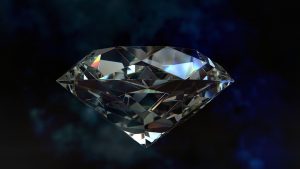


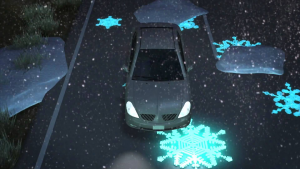 Smart Pavement:
Smart Pavement: Asphalt and the New Materials Building These Roadways
Asphalt and the New Materials Building These Roadways










